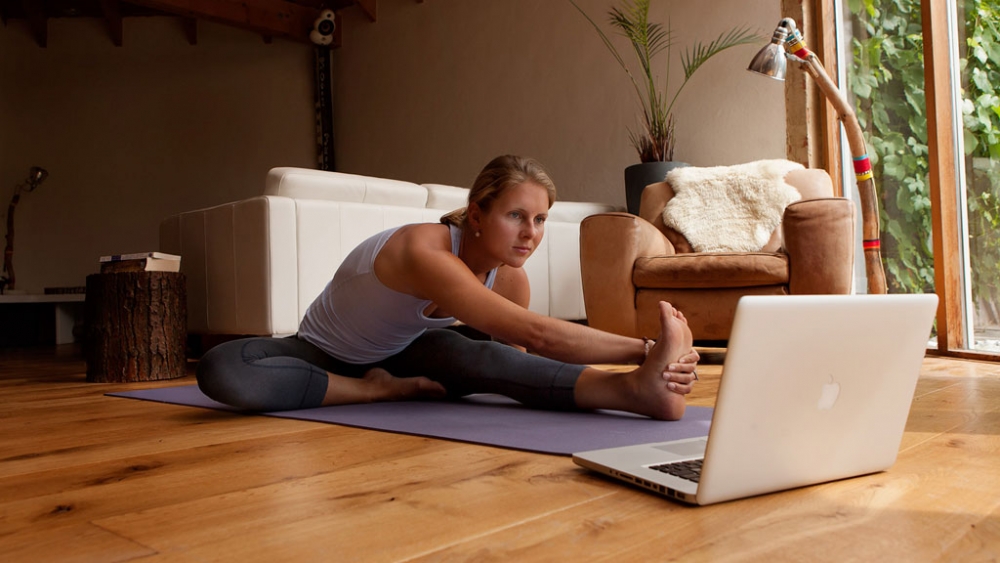 By John M. de Castro, Ph.D.
By John M. de Castro, Ph.D.
In today’s Research News article “Yoga Intervention and Inflammatory Homoeostasis in Breast Cancer Patients” (See summary below or view the full text of the study at: https://pmc.ncbi.nlm.nih.gov/articles/PMC11866663/ ) Kaje and colleagues provided a 3-days yoga intervention to patients undergoing chemotherapy for breast cancer. They found that the yoga practice reduced the levels of inflammatory markers in the patients.
Yoga decreased inflammation in patients undergoing chemotherapy for breast cancer.
CMCS – Center for Mindfulness and Contemplative Studies
This and other Contemplative Studies posts are also available on the Contemplative Studies Blog http://contemplative-studies.org
Study Summary
Kaje KC, Dsilva F, Shetty PK, Mohan R, Kumar S, Dsouza N, D’souza C, Kalladka SS, Alagundagi DB, Kalladka K. Yoga Intervention and Inflammatory Homoeostasis in Breast Cancer Patients. Indian J Palliat Care. 2025 Jan-Mar;31(1):1–7. doi: 10.25259/IJPC_181_2024. Epub 2025 Feb 15. PMCID: PMC11866663.
Abstract
Objectives:
Yoga, renowned for its ability to maintain physical, mental and spiritual well-being, has recently gained prominence as a supportive therapy during conventional breast cancer (BC) treatment. This paradigm shift reflects a growing trend of people embracing yoga to enhance their overall health and aid in managing BC. The objective of this study was to determine the yoga intervention and inflammatory homoeostasis in newly diagnosed BC patients.
Materials and Method:
This study recruited 44 newly diagnosed BC patients at stages II, III and IV (without distant metastasis or other inflammatory diseases), all admitted for neoadjuvant chemotherapy followed by surgery. A prospective non-randomised control design was employed. Baseline assessments were conducted before the first chemotherapy cycle, with follow-ups before the 2nd and 3rd chemotherapy cycles, before surgery, and 2 months post-surgery. The outcome was compared with the control group.
Results:
The study showed significant within-subject effects in the yoga intervention group on serum tumour necrosis factor-alpha, interleukin (IL)-1-beta and IL-6 levels, while no significant changes were observed in the control group. Although between groups did not show statistically significant, the mean values indicated a consistent downregulation of proinflammatory markers over time in the yoga group.
Conclusion:
Incorporating yoga as a complementary therapy alongside conventional BC treatment significantly improved the health outcomes of BC patients by modulating proinflammatory markers.


